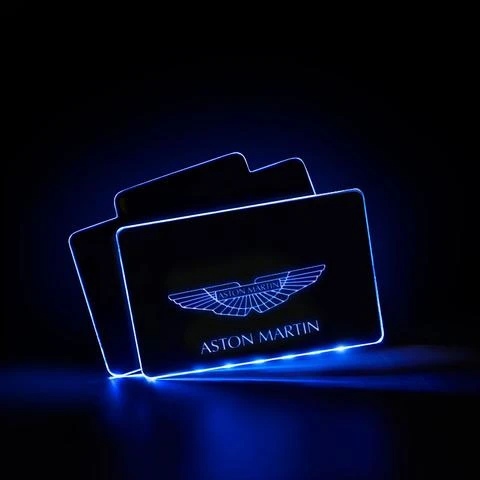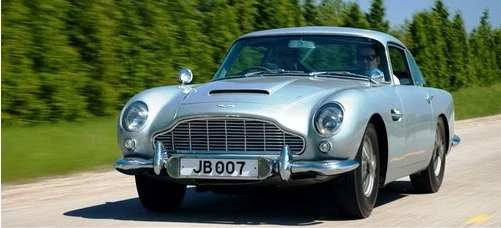

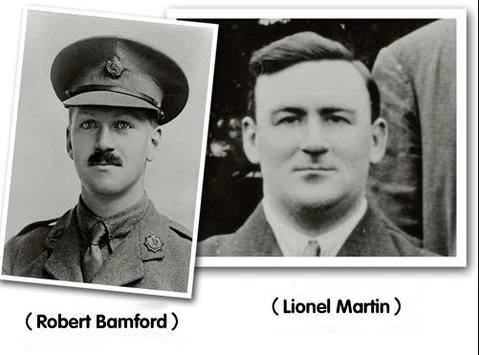
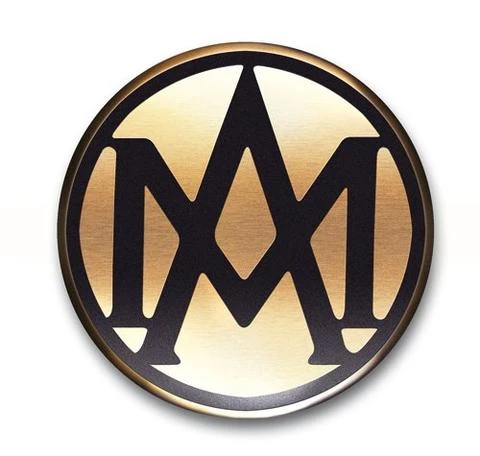


After the company changed its name, Lionel Martin and Robert Bamford also set the goal to produce only high-quality cars with high performance and perfect shape. They insist that the car should be manufactured to the highest standards and the driver can enjoy driving with the powerful performance.
Aston Martin’s first car was a modified Isotta-Fraschini. To increase the power of the car, Lionel loaded a four-cylinder Coventry-Simplex engine into the engine compartment of the Isotta-Fraschini. The appearance has also been modified. But this car is not in mass production.

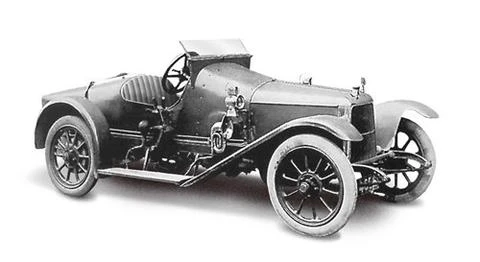
In August 1914, when World War I broke out, Lionel Martin and Robert Bamford sold all of the company’s machines to Sopwith Aircraft. Lionel Martin joined the British Navy and Robert Bamford joined the Royal Logistics Force. Aston Martin, which was only established for one year, entered a brief hibernation period.
After the war, Aston Martin was rebuilt in Kensington, England. The first new car designed by the company after rebuilding was named Aston Martin. Robert Bamford left Aston Martin for personal reasons in 1920. In the same year, Aston Martin was funded by Count Louis Zborowski. Aston Martin built a Racing car for Zborowski in 1922 and participated in the Greenwich Grand Prix of France.

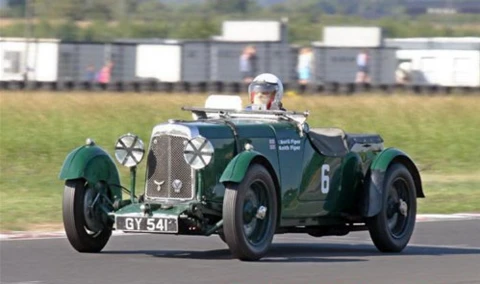

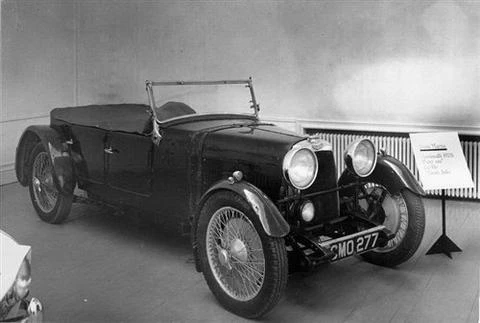
Although funded by ZBorowski, the post-war recovery has distracted attention from motorsport, and fewer people were able to buy sports cars. Finally Aston Martin went bankrupt in 1924 and Lionel Martin left company in 1926.

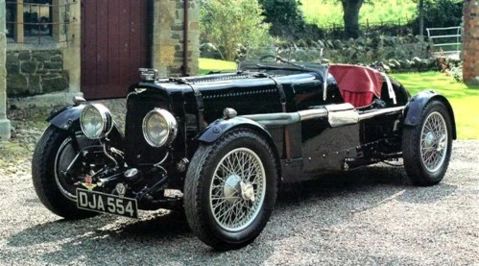

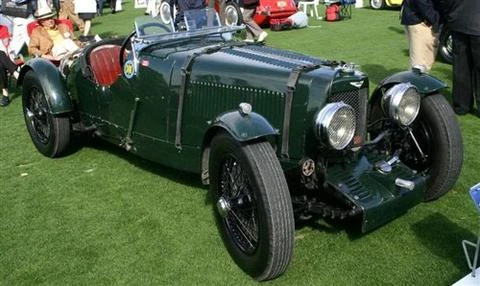
Subsequently, several British entrepreneurs took over Aston Martin and changed its name to Aston Martin Motors. One of they Augustus Bertelli became the technical general manager of Aston Martin and presided over the design of all models during 1926 to 1937, including T-type, International, Ulster and 15/98.




In 1928, Augustus Bertelli drove the Aston Martin Racing to the 24 Hours of Le Mans. This was the first time the Aston Martin raced in Le Mans. Due to the focus on the design and manufacture of racing cars, Aston Martin was still difficult to make effective profits. In 1931 the company changed hands again and the Sutherland family took over Aston Martin. After taking over the company, Sutherland made an important decision to develop a civilian car while continuing to develop racing car.




Although it decided to produce civilian cars, Aston Martin lacked the experience of producing civilian cars and the ability to mass produce. As of the outbreak of the Second World War in 1939, the company produced only 700 vehicles, including some racing car of them. Before the outbreak of World War II in 1939, Aston Martin developed a model called Atom, which has an independent front suspension and automatic transmission, which is more advanced than other sports cars at the time. However, due to the outbreak of World War II, the car did not launch, but it laid a very good foundation for the development of Aston Martin’s new car.
In 1947, Sir David Brown acquired Aston Martin. In the acquisition of Aston Martin, David Brown also acquired the engine design company Lagonda. The two companies began to share resources. From this moment, the classic DB series models debuted. In 1948, the DB1, the first model of the DB series, was introduced. The car was designed based on the Atom model before World War II. The name of the DB series is to pay tribute to Sir David Brown. DB1 was named by the first letter of David Brown’s name.




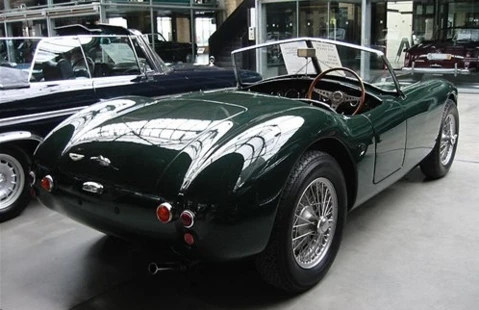
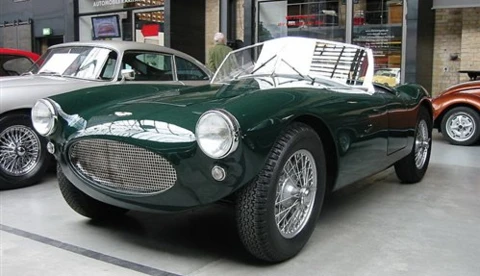
In 1949, Aston Martin took two DB2 prototypes to participate in the Le Mans event, one of which achieved a third place. In 1950, Aston Martin introduced the DB2, which uses an engine from the Lagonda. In the 1951 Le Mans 24-hour race, DB2 won the top three prizes in the 3.0L competition.

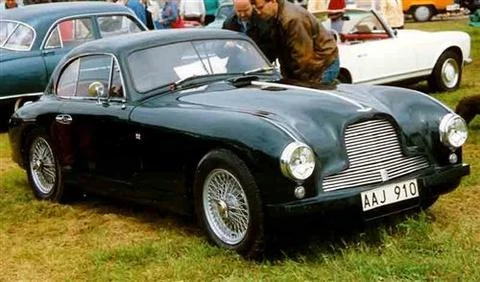

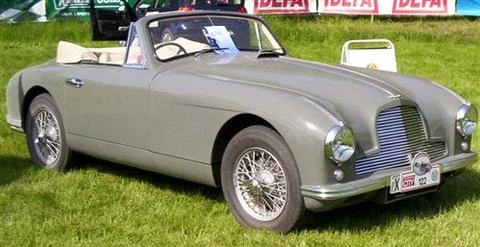
As early as 1953, Aston Martin launched the first four-seater model DB2/4. The car is based on the DB2 and features a two-door four-seat design. It is powered by a 2.6L engine from Lagooda with a maximum power of 125 hp. In 1954, the DB2/4 was changed a 2.9-liter engine with a maximum power of 140 hp, and the top speed was easily 193 km/h. In 1957, the DB2/4 Mk3 was introduced. This car is equipped with a disc brake and the brake performance is significantly improved.



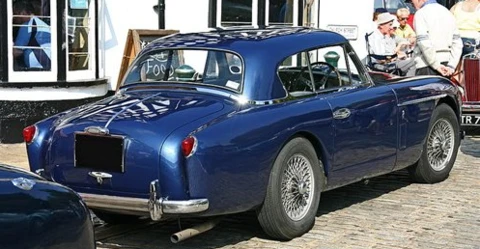

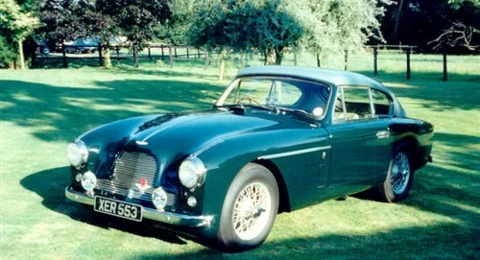
In 1958, the DB4 was unveiled at the London Motor Show, equiped with a 3.7-liter design by Tadek Marek. The DB4 used a tubular frame structure invented by Italian car body design and manufacturing experts. This structure increases the torsional stiffness to a higher level, but does not add extra weight.

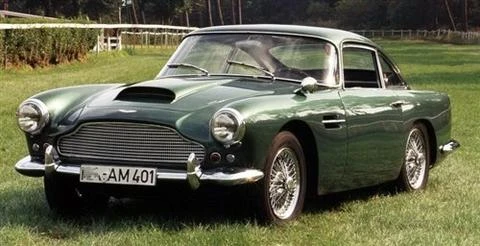

In 1960, Aston Martin and the Italian factory Zagato launched the DB4 GT Zagato high-performance version. Zagato equipped the car with a 3.7L aluminum alloy inline 6-cylinder engine with a maximum power of 214 hp. The acceleration of 0-100km/h was just 6.1 seconds, and the top speed was 246km/h.

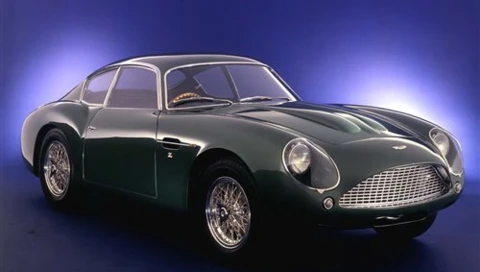

Aston Martin always had an indissoluble bond with film. In many films of the world famous agent film series 007 had used Aston Martin as the car to the Starring James Bond. One of the most famous was the Aston Martin DB5, which was introduced in 1963. This car had appeared in the 007 series of film such as Thunderball, Goldfinger, Golden Eye, Tomorrow Never Dies and Casino Royale.

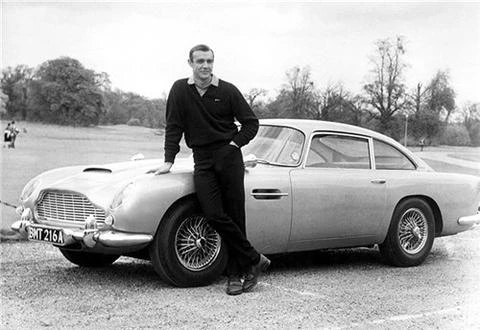

The DB5 is a luxury GT sports car with a 4.0L aluminum engine and a maximum power of 282 hp. It is equipped with a 5-speed gearbox from ZF and has a maximum speed of 233km/h. With its elegant appearance design, luxurious configuration and powerful power configuration, DB5 became one of the most popular luxury sports cars of the time. In the three-years product cycle from 1963 to 1965, DB5 produced a total of 983 vehicles. On October 27, 2010, the DB5 model used in the Goldfinger of the 007 film was bought by an American businessmen at a price of 2.6 million pounds.





Between 1965 and 1972, Aston Martin launched the DB6 and its sports model DBS. DBS prototype was produced in 1967-1972, and well known in the 1969 007 series “On Her Majesty’s Secret Service” movie. In this movie, 007’s actor chose George Lazabe, and the fans of 007 can also find this episode to watch it again. In terms of power, the DBS is equipped with a 4.0-liter inline six-cylinder engine, which is the same as the previous DB6, with a maximum output of 286 hp.



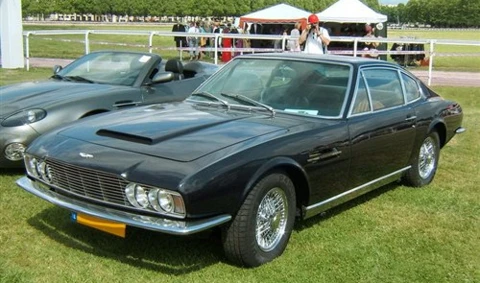
But during this time, Aston Martin experienced a financial crisis. Due to financial problems, David Brown was forced to sell the company, and William Willson became the new helm of Aston Martin. In this period, the replacement models V8 and Vantage of DB6 and DBS were put into production, and both models canceled the DB prefix.
Aston Martin Customized LED Illuminated Door Sill


Aston Martin Luminous Car Logo Coasters

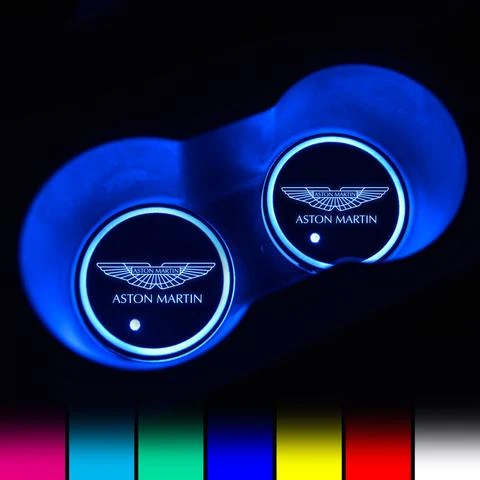
Aston Martin Logo Projector Door Light & Welcome Light


Aston Martin Car Creative Luminous Interior LED Foot Mats

